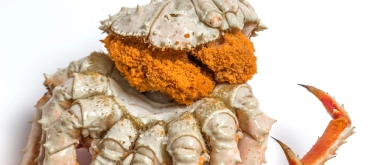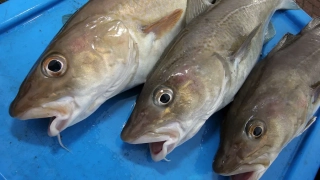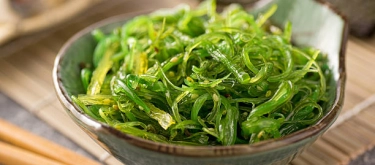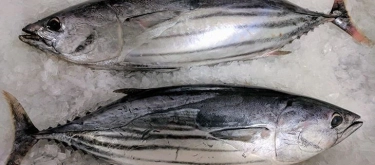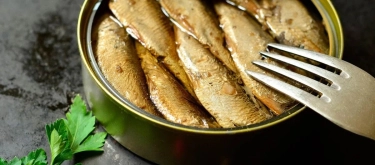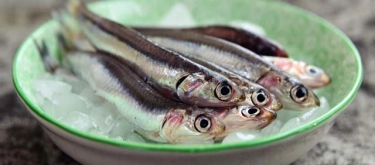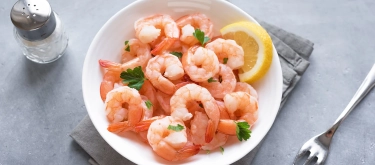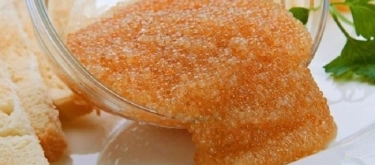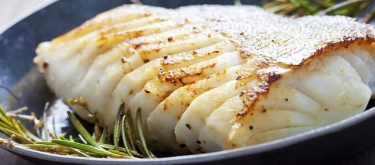Crab Sticks: Taste Profile, Aroma, Benefits and Health Risks
Crab sticks, commonly referred to as imitation crab meat or surimi, are seafood products made from processed white fish flesh—usually pollock. Originating from traditional Japanese seafood processing, surimi is flavored and shaped to mimic the appearance and texture of crab meat. Widely popular globally due to their affordability, mild taste, and culinary convenience, crab sticks are a versatile ingredient frequently used in salads, sushi, appetizers, sandwiches, and seafood snacks.
Crab sticks, also known as imitation crab or surimi, contain fish protein, egg whites, and sometimes gluten-based additives. They are unsuitable for vegetarians, vegans, and individuals allergic to fish, eggs, gluten, or certain preservatives. Always read packaging labels carefully if managing allergies or dietary restrictions.
What does Crab Sticks taste like?
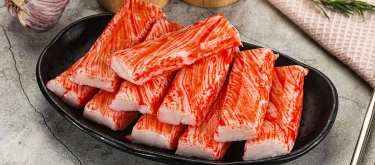
Complete Sensory Description
Taste:
Crab sticks exhibit a mildly sweet, lightly savory flavor designed to replicate the subtle taste of crab. Their gentle seafood notes are mild, inoffensive, and easily adaptable to various culinary preparations, sauces, or seasonings.
Aroma:
Crab sticks have a mild, slightly sweet, neutral seafood aroma. The scent is clean and gentle, without the pronounced fishiness characteristic of stronger seafood products.
Texture:
Crab sticks feature a firm yet slightly chewy texture with layered, fibrous strands, intentionally mimicking real crab meat. Their texture, soft yet resilient, makes them suitable for slicing, shredding, or mixing into various dishes.
Appearance:
Typically cylindrical, crab sticks are distinctively colored—white flesh with reddish-orange outer layers—imitating cooked crab meat. Their appealing, consistent coloration enhances visual interest in dishes.
Varieties and Culinary Uses
-
Standard Crab Sticks (Surimi):
Most common form; used widely in seafood salads, sushi rolls, sandwiches, or appetizers. -
Flavored Crab Sticks:
Enhanced with spices, herbs, or seafood flavors; adds extra culinary dimension to dishes. -
Shredded Crab Sticks:
Pre-shredded forms available; convenient for salads, spreads, or garnishes.
In-depth Flavor Analysis
-
Mild Sweetness & Savory Notes:
Crab sticks provide gentle sweetness complemented by subtle savory seafood undertones, blending easily with sauces, dressings, or complementary ingredients. -
Neutral Seafood Taste:
Mild flavor profile accommodates diverse culinary uses, seasonings, marinades, or preparations without overpowering. -
Flavor Absorption:
Crab sticks readily absorb flavors from accompanying ingredients, enhancing culinary versatility in salads, sushi, or seafood dishes. -
Flavor Stability:
Flavor remains stable during refrigeration, preparation, or mixing, maintaining consistent taste profiles in various recipes.
Culinary Applications
-
Salads:
Classic ingredient in crab salads, pasta salads, potato salads, or seafood salads, often combined with mayonnaise, lemon juice, herbs, or vegetables. -
Sushi & Rolls:
Essential in California rolls, sushi maki, or hand rolls, providing mild seafood flavor and appealing texture. -
Sandwiches & Wraps:
Sliced or shredded crab sticks frequently added to sandwiches, wraps, or seafood-based spreads. -
Appetizers & Snacks:
Served in seafood dips, appetizers, spring rolls, or as easy-to-prepare party snacks.
Selection and Storage
Selecting Quality Crab Sticks:
- Choose crab sticks appearing moist, firm, uniformly colored, with fresh, mild seafood aroma.
- Avoid products with dryness, discoloration, excessive water, or strong off-odors, indicating spoilage or poor quality.
Storage Recommendations:
- Refrigerate packaged crab sticks immediately below 4°C (39°F), consuming within labeled expiration dates or typically within 2–3 days after opening.
- Freeze crab sticks in sealed, airtight packages; consume frozen within 3–6 months for optimal freshness and texture.
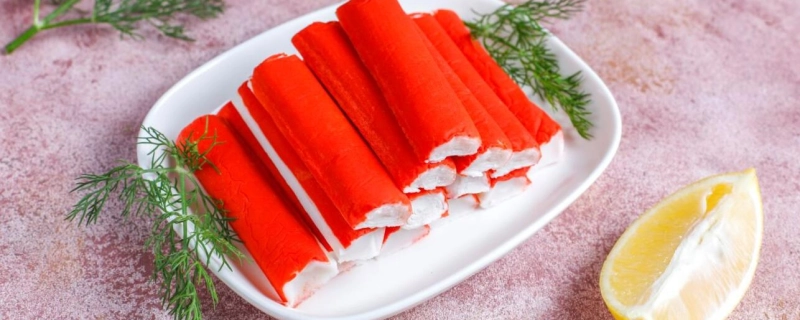
Nutritional Insights
-
Protein Content:
Moderate protein source, derived from processed fish proteins (pollock), egg whites, and seafood extracts. -
Low Fat & Calories:
Generally low-fat, low-calorie seafood alternative, appealing for calorie-conscious or light dietary preferences. -
Sodium & Additives:
Contains elevated sodium levels, starches, sugar, preservatives, artificial flavors, or colorings; moderation recommended for sodium-sensitive individuals. -
Minimal Omega-3:
Significantly lower in beneficial omega-3 fatty acids compared to natural seafood products, due to processing and additives.
Expert Insights & Culinary Tips
-
Versatile Ingredient:
Chefs recommend crab sticks for convenient seafood flavor, ease of preparation, affordability, and consistent culinary results. -
Enhancing Flavor:
Combining crab sticks with citrus juices, fresh herbs (dill, parsley), mayonnaise-based sauces, avocado, or mild spices enhances taste and culinary appeal. -
Avoid Overheating:
Excessive heat adversely affects texture and appearance; minimal heating or incorporating crab sticks into cold dishes is optimal.
Interesting and Curious Facts
- Surimi, the processed seafood base for crab sticks, originated in traditional Japanese seafood preservation techniques, becoming globally popular as imitation seafood.
- California sushi rolls, which popularized sushi worldwide, prominently feature crab sticks as a central ingredient.
- Crab sticks, despite containing minimal or no crab meat, remain widely accepted as affordable seafood substitutes worldwide due to taste, texture, and affordability.
How to Enjoy Crab Sticks
- Prepare classic crab salad using mayonnaise, herbs, celery, onions, lemon juice, or cucumbers for sandwiches, wraps, or appetizers.
- Use crab sticks in sushi rolls, California rolls, or hand rolls combined with avocado, cucumber, and rice for easy, delicious sushi at home.
- Incorporate crab sticks into pasta salads, potato salads, or seafood dishes, providing mild seafood flavor and appealing visual presentation.
- Serve shredded crab sticks as toppings for salads, soups, appetizers, or seafood dishes, enhancing culinary interest and convenience.
Harm and Dietary Considerations
-
Allergy Concerns:
Contains fish protein, egg whites, and sometimes gluten or artificial additives; unsuitable for individuals allergic to these ingredients. -
High Sodium & Additives:
Elevated sodium levels, preservatives, artificial flavors, or colorings necessitate moderation, especially for individuals managing blood pressure or additive sensitivities. -
Low Nutritional Density:
Provides lower nutritional value and fewer health benefits compared to natural seafood, consumed ideally as part of balanced diets alongside nutritious foods.
Final Thoughts & Sensory Journey
Crab sticks (surimi) offer convenient, affordable seafood flavor and appealing culinary versatility. While lacking the nutritional richness of natural seafood, their mild taste, attractive texture, and ease of use make them popular choices in dishes worldwide. Whether in sushi, salads, sandwiches, or appetizers, crab sticks remain beloved culinary ingredients, delivering enjoyable seafood flavor experiences in convenient, accessible forms.
Resources
- McGee, H. (2004). On Food and Cooking: The Science and Lore of the Kitchen. Scribner.
- USDA FoodData Central (2023). Processed Seafood Products: Nutritional Insights & Safe Handling Guidelines.
- Food and Agriculture Organization (FAO). (2021). Global Seafood Consumption: Nutritional Value and Culinary Trends.
